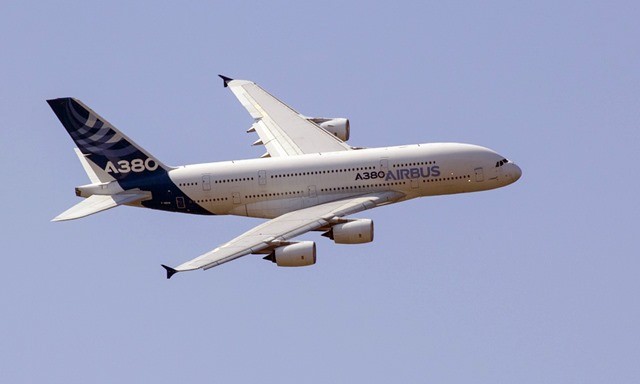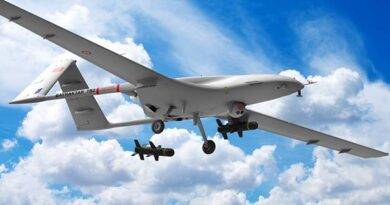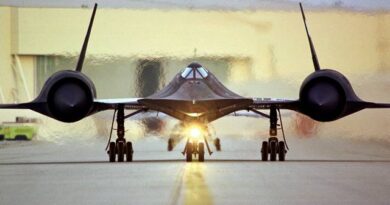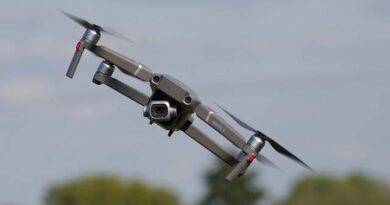What is Bank Angle?
In the realm of aviation, the term “bank angle” holds significance, representing the inclination of an aircraft’s wings relative to the horizontal plane. This crucial parameter plays a pivotal role in maneuvering an aircraft, enabling it to execute turns and navigate through the skies with precision.
Tilting an aircraft to one side while turning creates the aircraft’s bank angle. The angle is measured between the longitudinal axis (Roll axis) of the aircraft (the axis that runs from the nose to the tail) and the horizon.
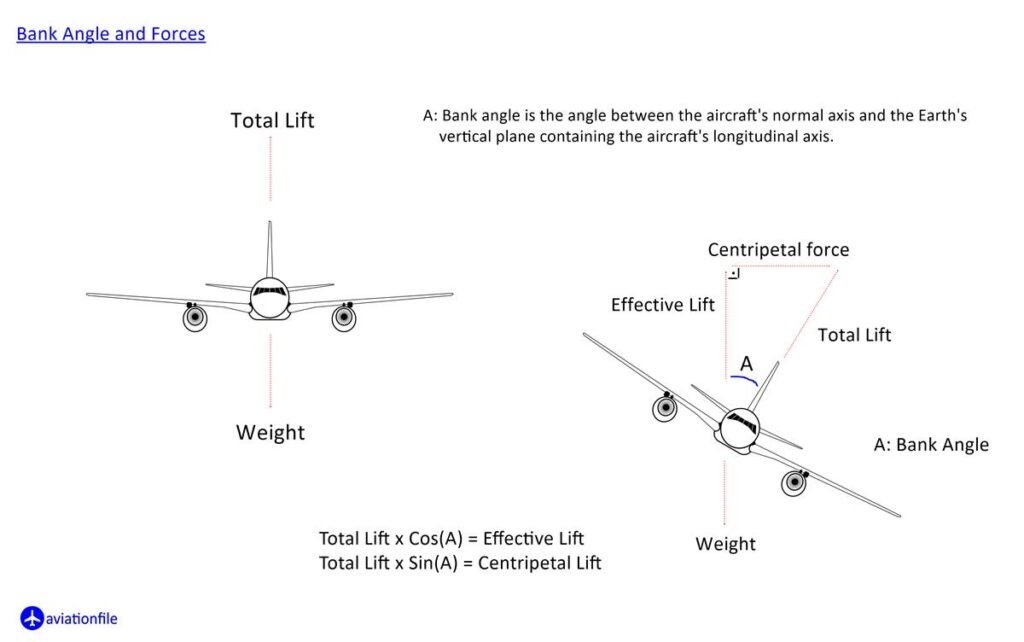
When an aircraft is in a banked position, there are several forces at play. The main force is the centrifugal force, which acts perpendicular to the direction of the turn and pushes the aircraft towards the outside of the turn. This force is counteracted by the lift force generated by the wings, which pushes the aircraft up and keeps it in the air.
Another force at play is the drag force, which acts opposite to the direction of motion and slows down the aircraft. The aircraft’s engines must work harder to overcome this force and maintain the desired speed during a turn.
Instruments for Bank Angle Monitoring
In the cockpit, pilots rely on various instruments to monitor the bank angle, ensuring precise control during maneuvers. The primary instrument is the attitude indicator, also known as an artificial horizon, which visually depicts the aircraft’s orientation relative to the horizon. Additional instruments, such as the inclinometer and turn coordinator, provide complementary information about the bank angle and rate of turn, respectively. These instruments aid pilots in maintaining consistent bank angles and executing smooth, coordinated turns.
Finally, there is the gravitational force acting on the aircraft, which pulls it towards the center of the earth. This force is also counteracted by the lift force. Lift force must be greater than the weight of the aircraft to keep it in the air.
Overall, the bank angle and the forces involved in a turn are important for the safe and efficient operation of an aircraft. Pilots must carefully control the bank angle and the thrust of the engines to maintain a safe and stable flight path.
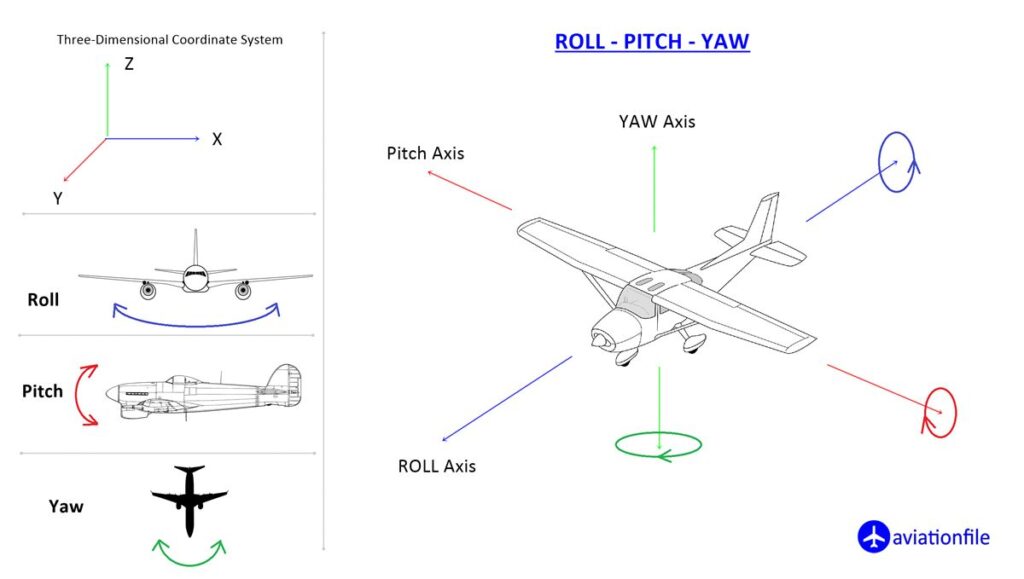
References and Further Reading:
- Federal Aviation Administration (FAA). (2021). Airplane Flying Handbook (FAA-H-8083-3B). Retrieved from https://www.faa.gov/regulations_policies/handbooks_manuals/aviation/airplane_handbook/
- Transport Canada. (2020). Flight Training Manual (TP 12881E). Retrieved from https://tc.canada.ca/en/aviation/publications/flight-training-manual-tp-12881e
- Jeppesen. (2019). Guided Flight Discovery: Private Pilot (GFD-PP). Englewood, CO: Jeppesen Sanderson.
- Rod Machado’s Private Pilot Handbook (2018). Retrieved from https://www.rodmachado.com/
